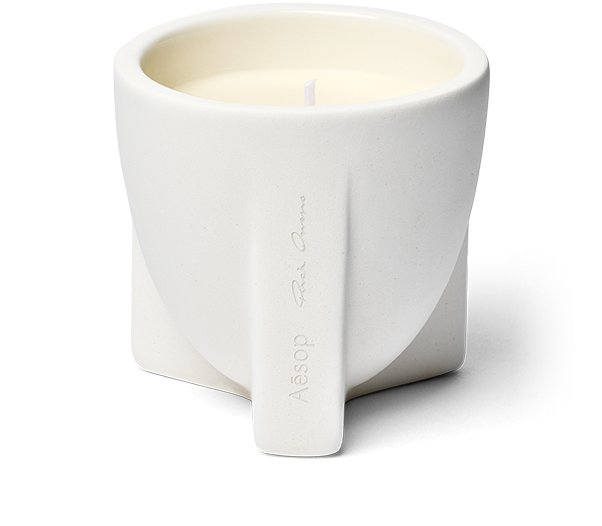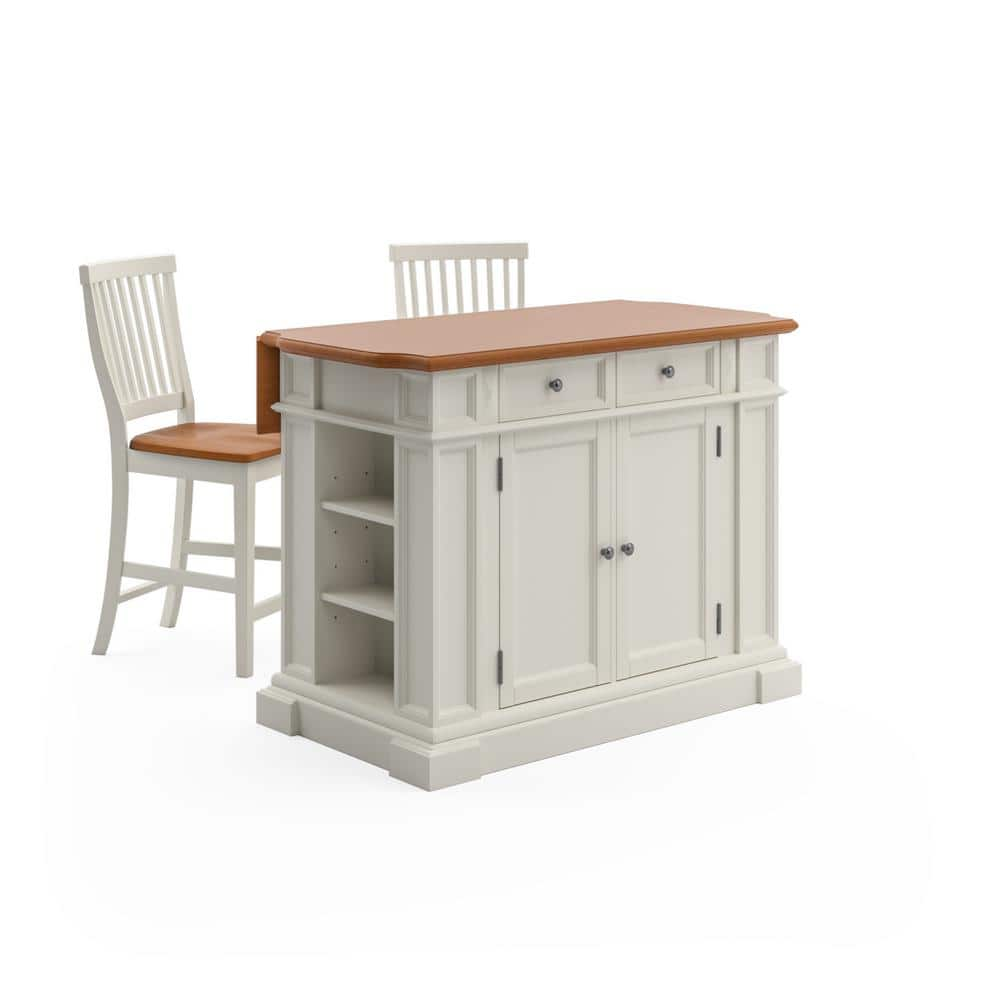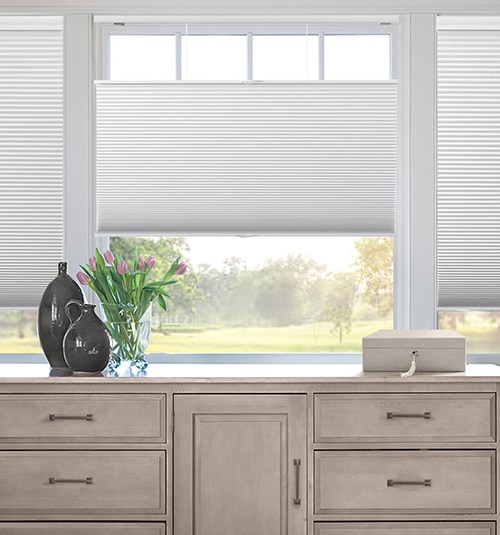KitchenAid 30-in Self-Cleaning Convection Microwave Wall Oven Combo (Stainless Steel)
This 30″ Combination Wall Oven with Even-Heat™ True Convection provides consistent heating and even cooking. A unique bow-tie shaped design and convection fan helps ensure there are no burnt edges or undercooked centers. Its upper Microwave Convection Cooking Oven combines a 900 watt microwave with a 1600 watt convection element for high speed cooking. Bold design details are the perfect balance of elegance and functionality.
- Even-Heat™ True Convection oven (lower oven) provides consistent heating and even cooking
- Microwave convection cooking (upper oven) increases the speed of cooking and provides a secondary convection cooking option
- Professionally – inspired design combines a bold blend of professionally-inspired styling with sleek touches for the home
- Temperature probe (lower oven) – allows accurate measurement of internal temperature of meats, poultry, and casseroles without having to open the oven door
- EasyConvect™ Conversion System takes guesswork out of convection cooking by ensuring you can get exceptional results when experimenting with new or familiar recipes
- Crispwave™ Microwave Technology and crisper pan (upper oven) – allows the microwave oven to be used for grilling, frying, and convection cooking, the specially designed crisper pan can be used to brown, crisp, and pan-fry foods
- SatinGlide™ roll-out extension rack (lower oven) – allows easy loading and features an easy-grip handle, giving you the confidence when cooking with large or heavy dishes
Additional information
| Actual Depth (Inches) | 26.875 |
|---|---|
| Actual Depth with Door Open (Inches) | 46.75 |
| Actual Height (Inches) | 42.5 |
| Actual Width (Inches) | 30 |
| Common Oven Size | 30 inch |
| Cutout Depth (Inches) | 24 |
| Cutout Height (Inches) | 41.375 |
| Cutout Width (Inches) | 28 |
| Microwave Capacity (Cu. Feet) | 1.4 |
| Oven Capacity (Cu. Feet) | 5 |
| Usable Oven Interior (H x W x D) | 18 x 25 x 19 |
| Warranty | 1-year limited |
30 may refer to:
- 30 (number), the natural number following 29 and preceding 31
- one of the years 30 BC, AD 30, 1930, 2030
Cleaning is the process of removing unwanted substances, such as dirt, infectious agents, and other impurities, from an object or environment. Cleaning is often performed for aesthetic, hygienic, functional, safety, or environmental protection purposes. Cleaning occurs in many different contexts, and uses many different methods. Several occupations are devoted to cleaning.
Convection is single or multiphase fluid flow that occurs spontaneously due to the combined effects of material property heterogeneity and body forces on a fluid, most commonly density and gravity (see buoyancy). When the cause of the convection is unspecified, convection due to the effects of thermal expansion and buoyancy can be assumed. Convection may also take place in soft solids or mixtures where particles can flow.
Convective flow may be transient (such as when a multiphase mixture of oil and water separates) or steady state (see Convection cell). The convection may be due to gravitational, electromagnetic or fictitious body forces. Heat transfer by natural convection plays a role in the structure of Earth's atmosphere, its oceans, and its mantle. Discrete convective cells in the atmosphere can be identified by clouds, with stronger convection resulting in thunderstorms. Natural convection also plays a role in stellar physics. Convection is often categorised or described by the main effect causing the convective flow; for example, thermal convection.
Convection cannot take place in most solids because neither bulk current flows nor significant diffusion of matter can take place. Granular convection is a similar phenomenon in granular material instead of fluids. Advection is fluid motion created by velocity instead of thermal gradients. Convective heat transfer is the intentional use of convection as a method for heat transfer. Convection is a process in which heat is carried from place to place by the bulk movement of a fluid and gases.
KitchenAid is an American home appliance brand owned by Whirlpool Corporation. The company was started in 1919 by The Hobart Manufacturing Company to produce stand mixers; the H-5 is the first model that was introduced. The company faced competition as rivals moved into this emerging market, and introduced its trademarked silhouette in the 1930s with the model "K", the work of designer Egmont Arens. The brand's stand mixers have changed little in design since, and attachments from the model "K" onwards are compatible with the modern machines.
Dishwashers are the second product line to have been introduced, in 1949. A late 1980s promotional campaign on the back of an expansion by retailer Williams Sonoma saw brand awareness double in three years.
Microwave is a form of electromagnetic radiation with wavelengths shorter than other radio waves (as originally discovered) but longer than infrared waves. Its wavelength ranges from about one meter to one millimeter, corresponding to frequencies between 300 MHz and 300 GHz, broadly construed. A more common definition in radio-frequency engineering is the range between 1 and 100 GHz (wavelengths between 30 cm and 3 mm), or between 1 and 3000 GHz (30 cm and 0.1 mm). The prefix micro- in microwave is not meant to suggest a wavelength in the micrometer range; rather, it indicates that microwaves are small (having shorter wavelengths), compared to the radio waves used in prior radio technology.
The boundaries between far infrared, terahertz radiation, microwaves, and ultra-high-frequency (UHF) are fairly arbitrary and are used variously between different fields of study. In all cases, microwaves include the entire super high frequency (SHF) band (3 to 30 GHz, or 10 to 1 cm) at minimum. A broader definition includes UHF and extremely high frequency(EHF) (millimeter wave; 30 to 300 GHz) bands as well.
Extremely high frequency is the International Telecommunication Union designation for the band of radio frequencies in the electromagnetic spectrum from 30 to 300 gigahertz (GHz)
Frequencies in the microwave range are often referred to by their IEEE radar band designations: S, C, X, Ku, K, or Ka band, or by similar NATO or EU designations.
Microwaves travel by line-of-sight; unlike lower frequency radio waves, they do not diffract around hills, follow the earth's surface as ground waves, or reflect from the ionosphere, so terrestrial microwave communication links are limited by the visual horizon to about 40 miles (64 km). At the high end of the band, they are absorbed by gases in the atmosphere, limiting practical communication distances to around a kilometer.
Microwaves are widely used in modern technology, for example in point-to-point communication links, wireless networks, microwave radio relay networks, radar, satellite and spacecraft communication, medical diathermy and cancer treatment, remote sensing, radio astronomy, particle accelerators, spectroscopy, industrial heating, collision avoidance systems, garage door openers and keyless entry systems, and for cooking food in microwave ovens.
An oven is a tool which is used to expose materials to a hot environment. Ovens contain a hollow chamber and provide a means of heating the chamber in a controlled way. In use since antiquity, they have been used to accomplish a wide variety of tasks requiring controlled heating. Because they are used for a variety of purposes, there are many different types of ovens. These types differ depending on their intended purpose and based upon how they generate heat.
Ovens are often used for cooking, where they can be used to heat food to a desired temperature. Ovens are also used in the manufacturing of ceramics and pottery; these ovens are sometimes referred to as kilns. Metallurgical furnaces are ovens used in the manufacturing of metals, while glass furnaces are ovens used to produce glass.
There are many methods by which different types of ovens produce heat. Some ovens heat materials using the combustion of a fuel, such as wood, coal, or natural gas, while many employ electricity. Microwave ovens heat materials by exposing them to microwave radiation while electric ovens and electric furnaces heat materials using resistive heating. Some ovens use forced convection, the movement of gases inside the heating chamber, to enhance the heating process, or, in some cases, to change the properties of the material being heated, such as in the Bessemer method of steel production.
In philosophy, the self is an individual's own being, knowledge, and values, and the relationship between these attributes.
The first-person perspective distinguishes selfhood from personal identity. Whereas "identity" is (literally) sameness and may involve categorization and labeling, selfhood implies a first-person perspective and suggests potential uniqueness. Conversely, "person" is used as a third-person reference. Personal identity can be impaired in late-stage Alzheimer's disease and in other neurodegenerative diseases. Finally, the self is distinguishable from "others". Including the distinction between sameness and otherness, the self versus other is a research topic in contemporary philosophy and contemporary phenomenology (see also psychological phenomenology), psychology, psychiatry, neurology, and neuroscience.
Although subjective experience is central to selfhood, the privacy of this experience is only one of many problems in the philosophy of self and scientific study of consciousness.
Stainless may refer to:
- Cleanliness, or the quality of being clean
- Stainless steel, a corrosion-resistant metal alloy
- Stainless Games, a British video game developer
- Stainless Broadcasting Company, a TV broadcaster based in Michigan, US
- Stainless Banner, the second national flag of the Confederate States of America
Steel is an alloy of iron and carbon with improved strength and fracture resistance compared to other forms of iron. Because of its high tensile strength and low cost, steel is one of the most commonly manufactured materials in the world. Steel is used in buildings, as concrete reinforcing rods, in bridges, infrastructure, tools, ships, trains, cars, bicycles, machines, electrical appliances, furniture, and weapons.
Iron is always the main element in steel, but many other elements may be present or added. Stainless steels, which are resistant to corrosion and oxidation, typically need an additional 11% chromium.
Iron is the base metal of steel. Depending on the temperature, it can take two crystalline forms (allotropic forms): body-centred cubic and face-centred cubic. The interaction of the allotropes of iron with the alloying elements, primarily carbon, gives steel and cast iron their range of unique properties. In pure iron, the crystal structure has relatively little resistance to the iron atoms slipping past one another, and so pure iron is quite ductile, or soft and easily formed. In steel, small amounts of carbon, other elements, and inclusions within the iron act as hardening agents that prevent the movement of dislocations.
The carbon in typical steel alloys may contribute up to 2.14% of its weight. Varying the amount of carbon and many other alloying elements, as well as controlling their chemical and physical makeup in the final steel (either as solute elements, or as precipitated phases), impedes the movement of the dislocations that make pure iron ductile, and thus controls and enhances its qualities. These qualities include the hardness, quenching behaviour, need for annealing, tempering behaviour, yield strength, and tensile strength of the resulting steel. The increase in steel's strength compared to pure iron is possible only by reducing iron's ductility.
Steel was produced in bloomery furnaces for thousands of years, but its large-scale, industrial use began only after more efficient production methods were devised in the 17th century, with the introduction of the blast furnace and production of crucible steel. This was followed by the Bessemer process in England in the mid-19th century, and then by the open-hearth furnace. With the invention of the Bessemer process, a new era of mass-produced steel began. Mild steel replaced wrought iron. The German states were the major steel producers in Europe in the 19th century. American steel production was centered in Pittsburgh, Bethlehem, Pennsylvania, and Cleveland until the late 20th century.
Further refinements in the process, such as basic oxygen steelmaking (BOS), largely replaced earlier methods by further lowering the cost of production and increasing the quality of the final product. Today more than 1.6 billion tons of steel is produced annually. Modern steel is generally identified by various grades defined by assorted standards organizations. The modern steel industry is one of the largest manufacturing industries in the world, but also one of the most energy and greenhouse gas emission intense industries, contributing 8% of global emissions. However, steel is also very reusable: it is one of the world's most-recycled materials, with a recycling rate of over 60% globally.
A wall is a structure and a surface that defines an area; carries a load; provides security, shelter, or soundproofing; or, is decorative. There are many kinds of walls, including:
- Walls in buildings that form a fundamental part of the superstructure or separate interior rooms, sometimes for fire safety
- Glass walls (a wall in which the primary structure is made of glass; does not include openings within walls that have glass coverings: these are windows)
- Border barriers between countries
- Brick walls
- Defensive walls in fortifications
- Permanent, solid fences
- Retaining walls, which hold back dirt, stone, water, or noise sound
- Stone walls
- Walls that protect from oceans (seawalls) or rivers (levees)






by Bratt
Bought this along with a full set of Kitchenaid appliances. Love the convenience of the microwave with crisp setting along with full wall oven. Looks elegant and works great
by Linda
I really like the wall oven and microwave combo. It is easy to use and it looks nice. The only thing to note is that you cannot use the microwave and oven at the same time.
by Jay
I bought this to replace a previous Kitchen Aid hoping the cutout size would be the same and it fit perfectly! No adjustments to my cabinetry. I love the blue color inside the oven and my husband prefers the updated industrial handles to the previous model. It’s easy to use. The timer is a little louder, which I like. It does everything we want. Only one hitch is that three times in the past month when I was heating multiple things in a row in the microwave, the microwave stopped midcycle and gave an error message. It said to restart. I did restart and carried on just fine. Maybe it is a built in protection of some sort? It only happened when I was doing dish after dish after dish. It does not change the fact that I love this.
by Sen
This wall oven/microwave replaced an older model in our home that was no longer repairable. The oven seems fine. The microwave takes a lot longer to warm things than the older one, and the “popcorn sensor” is worthless